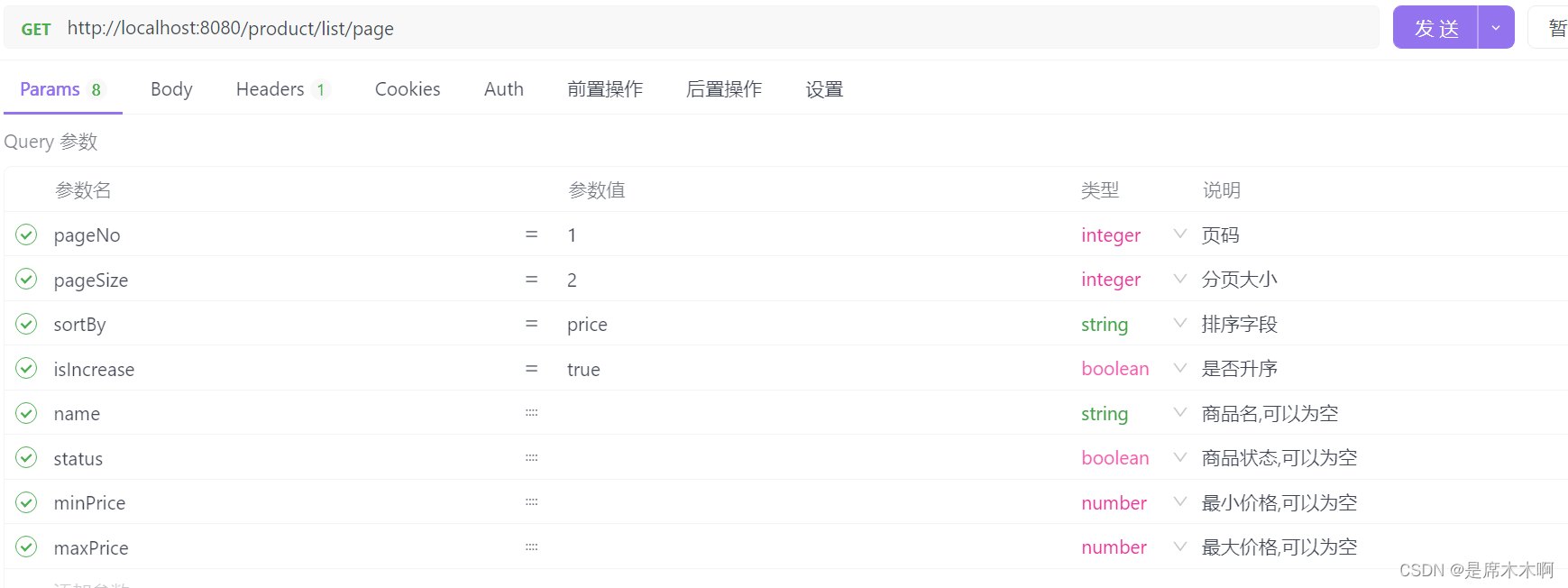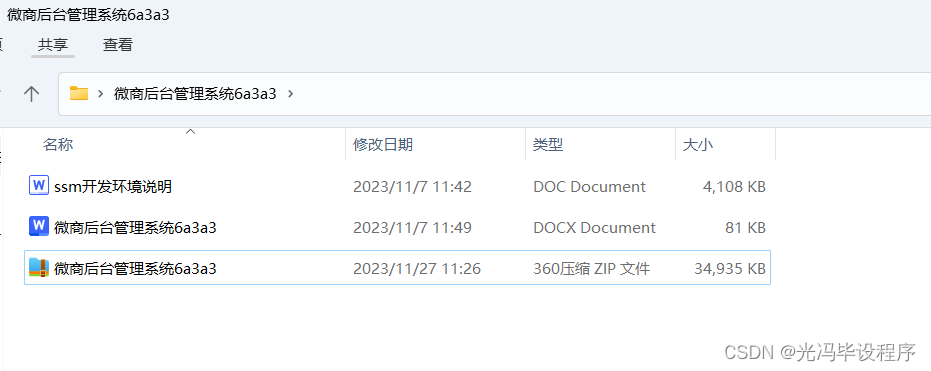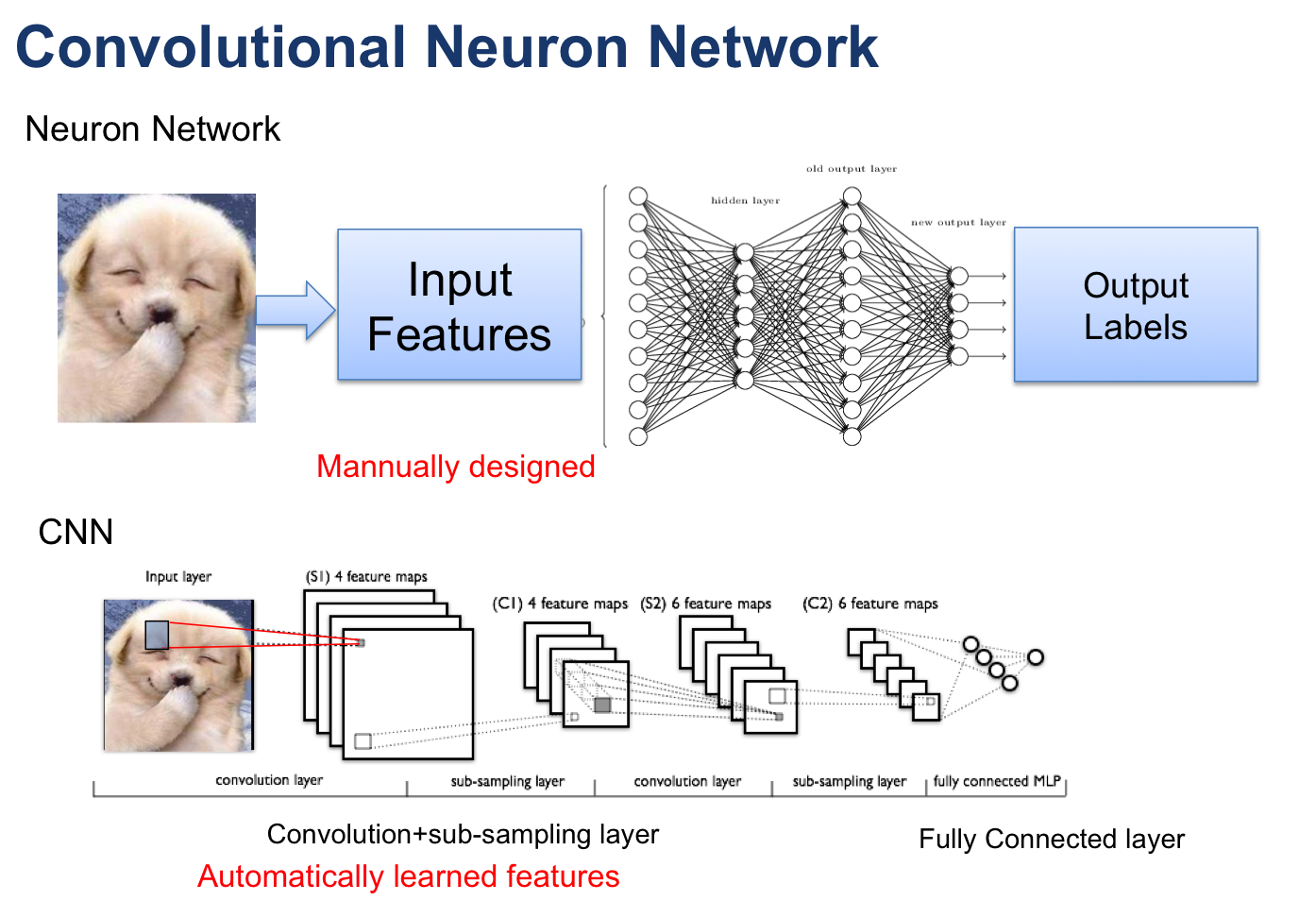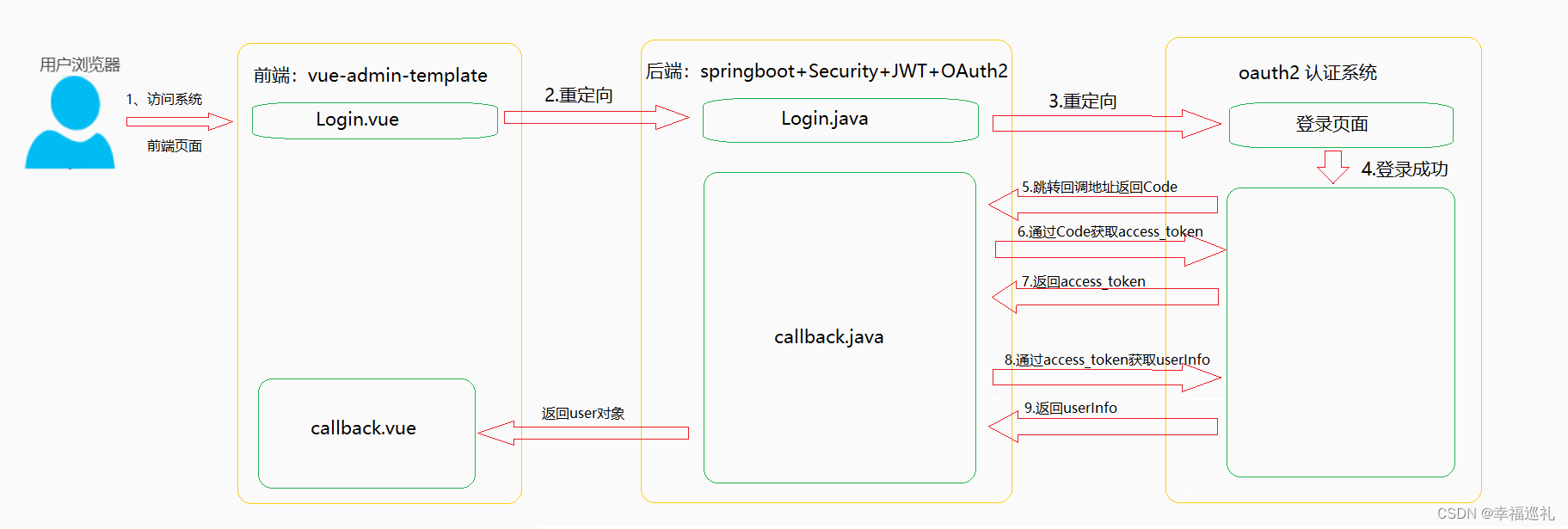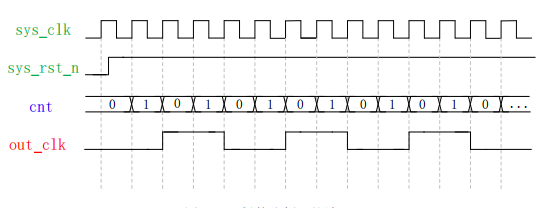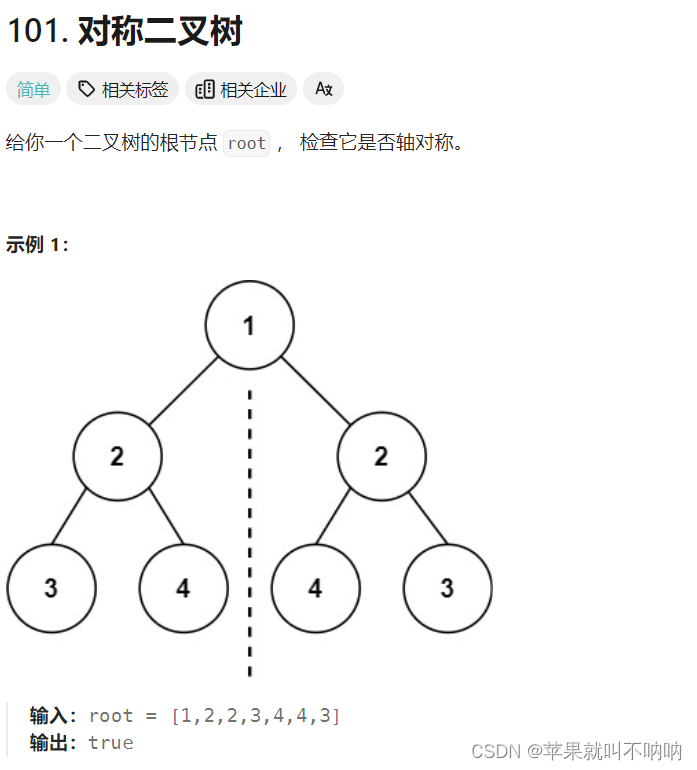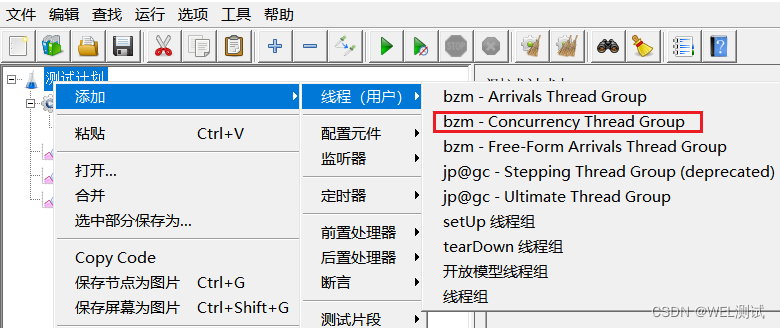1. Layered Pattern: Imagine your application stacked like a cake, with each layer handling specific tasks (presentation, business logic, data access). This modular approach fosters maintainability and independence across layers.
2. Client-Server Pattern: This classic duo separates functionality: the client (think web browser) interacts with the server (the powerful engine) over a network. It promotes scalability and distribution.
3. Master-Slave Pattern: Here, one master node reigns supreme, delegating tasks to obedient slave nodes. This pattern excels in tasks requiring a central coordinator, like load balancing or database replication.
4. Pipe-Filter Pattern: Think of data flowing through a pipeline, each filter performing a specific transformation. This sequential approach is ideal for data processing tasks like image manipulation or text analysis.
5. Broker Pattern: Picture a bustling marketplace where services connect through a central broker. This decoupling promotes flexibility and simplifies communication between services, even if they change or evolve.
6. Peer-to-Peer Pattern: In this egalitarian setup, nodes operate independently, communicating directly with each other. This decentralized approach excels in file sharing or distributed computing scenarios.
7. Event-Bus Pattern: Imagine events triggering reactions across your application. This pub/sub system allows components to subscribe to relevant events, fostering loose coupling and dynamic communication.
8. Model-View-Controller (MVC) Pattern: This triple threat separates concerns: the model holds data, the view displays it, and the controller handles user interactions. This design promotes modularity and reusability in web applications.
9. Blackboard Pattern: Think of a shared bulletin board where components post and access information. This pattern facilitates collaboration and knowledge sharing in complex systems.
10. Interpreter Pattern: Imagine translating instructions into actions. This pattern allows you to define a language and create an interpreter that executes its commands, adding flexibility and dynamic behavior to your application.
Choosing the Right Pattern:
Selecting the ideal pattern depends on your specific needs and context. Consider factors like scalability, maintainability, complexity, and performance. Experiment, learn from patterns in successful applications, and don't hesitate to combine patterns for a truly unique architectural masterpiece.


















